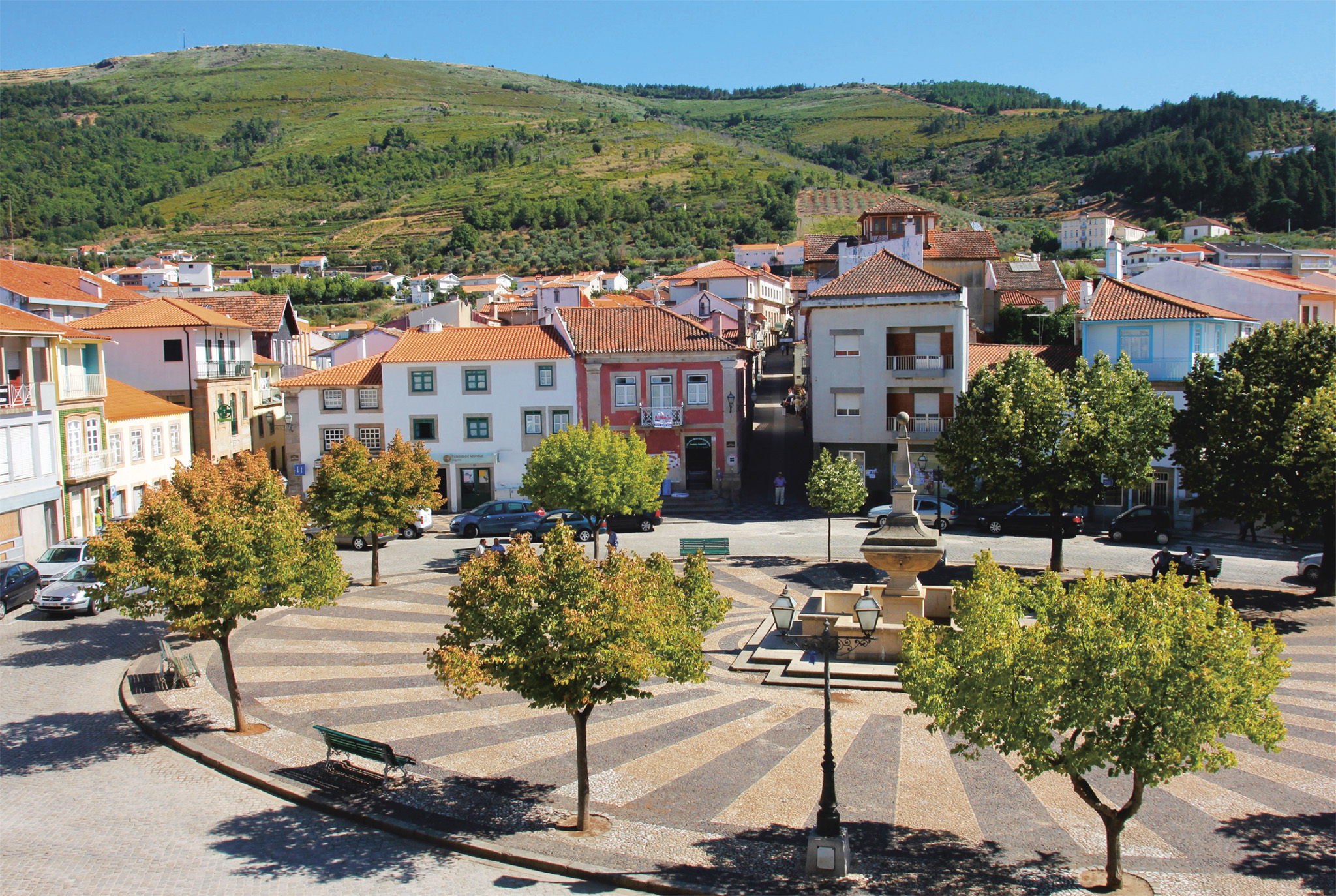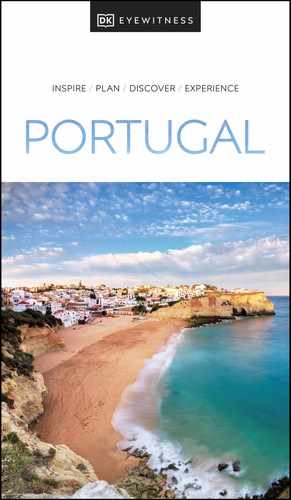DOURO AND TRÁS-OS-MONTES

t The centre of Torre de Moncorvo, set in a lush green valley
Experience Douro and Trás-os-Montes
As early as the 9th century BC, Phoenician merchants arrived in the Douro estuary to trade. The Romans later developed the settlements of Portus (modern-day Porto) and Cale on either side of the river, and the names subsequently united, as Portucale, to denote the region between the Minho and Douro rivers. This was the nucleus of the kingdom of Portugal.
The upper reaches of the Douro river are devoted to the cultivation of grapes for port, and the valley’s landscape and history has been shaped by its endless vineyards and quintas (wine estates). Manuel I ordered the widening of fishing channels in the early 16th century in response to the growing demand for port during the Age of Discovery, as sailors requested barrel after barrel of the fortified wine to see them through long sea journeys. Between the 17th and 19th centuries, England became the main consumer of the wine grown in the region, resulting in the Methuen Treaty of 1703, which mutually abolished tariffs. In 1756, the Douro Valley became the first demarcated wine region in the world.
In contrast with the thriving Douro Valley, Trás-os-Montes is remote and untamed. It was a refuge in the past for religious and political exiles. The hard life and lack of opportunity to better it have depopulated the land; those who remain till the fields and herd their flocks in the unforgiving climate, according to the rhythm of the seasons.
